International Hoof Care Month
Just as people trim their fingernails and toenails, and some species of cats shed their dull or broken claws, animals with hooves on their feet need to be taken care of as well. That’s why February is International Hoof Care Month!
In case you didn’t already know, a hoof is the horny part of the foot of an ungulate, which is a hoofed animal. Hooves are made of keratin, which is also found in human hair and nails.
Ungulates will either be even-toed or odd-toed. While even-toed ungulates can have up to four toes, most have two main hooves on each foot, together called a cloven hoof. Odd-toed ungulates will either walk on one or three toes.
When you hear the word hoof, chances are you think of animals like cows, goats and horses. The Virginia Zoo also has several species of animals with hooves that you may not initially think of.

In Asia – Trail of the Tiger you can see our Malayan tapir in her exhibit. Tapirs actually are considered hoofstock, or an animal with hooves on its feet. Tapirs are odd-toed ungulates, with three toes on each hoof. Africa – Okavango Delta houses several species of hoofed animals. Watusi cattle,Yellow-backed duikers, Bongo, Red river hogs, and even our giraffes all have hooves on their feet, and are even-toed ungulates. Zebras have one solid hoof, making them an odd-toed ungulate.
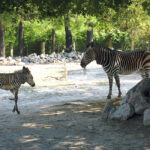
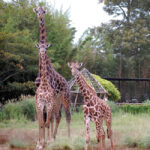
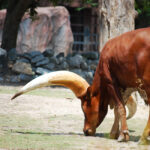
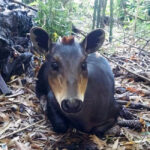
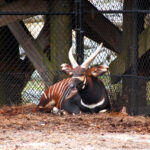
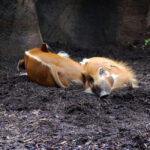
Our two North American bison are even-toed ungulates and have hooves for their feet. The ZooFarm definitely has some animals with hooves on their feet. Kunekune pigs, Alpacas, Southdown babydoll sheep, Miniature zebu, Dexter cattle, and the Nigerian dwarf goats (who visit in the summer) are all even-toed ungulates.
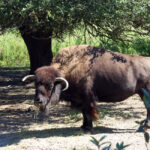
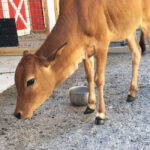
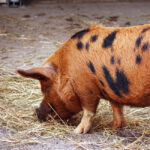
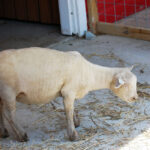
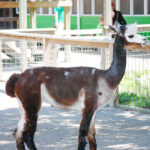
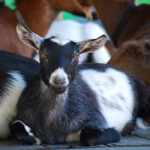
In 2016, two of our Zebras had their hooves maintained by our farrier, Kim Burnop. A farrier is a professional craftsman who specializes in the trimming of horses’ hooves. You can read about Rose, our 12-year-old zebra’s hoof trim here, and her mate Zack’s “new shoe” appointment here.
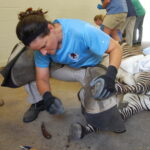
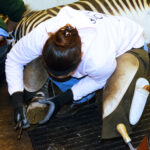
International Hoof Care Month is important because it draws attention to the fact that animals with hooves need proper care in order to have a happy and healthy life. Without the proper care, these animals may develop an infection or can end up walking with a limp. In the wild, animals that develop a limp often become prey because they are weaker and slower than others.
A limping animal is also unhealthy because it can lead to other health problems and difficulty doing everyday tasks. Overgrown or worn-down hooves can make walking painful and can eventually lead to other foot or leg problems, including arthritis or joint and tendon issues. Hooves that aren’t maintained can also make eating difficult, as the animal will have trouble bending down for food or water. Several animals also heavily rely on the use of their legs to assist in breeding, so without proper hoof care, the animal will have difficulty trying to mate.
Next time you visit the Zoo, be sure to see all of our hoofed animals out and about!